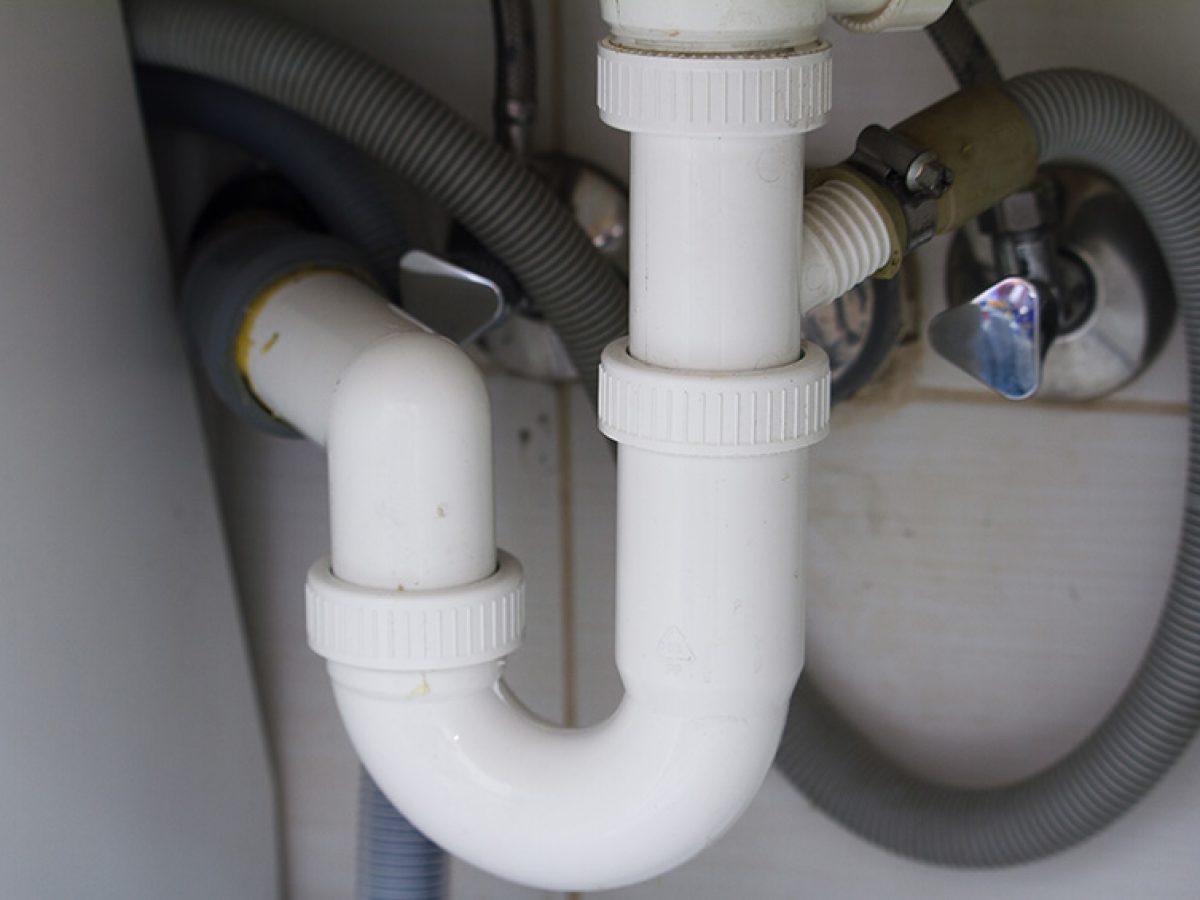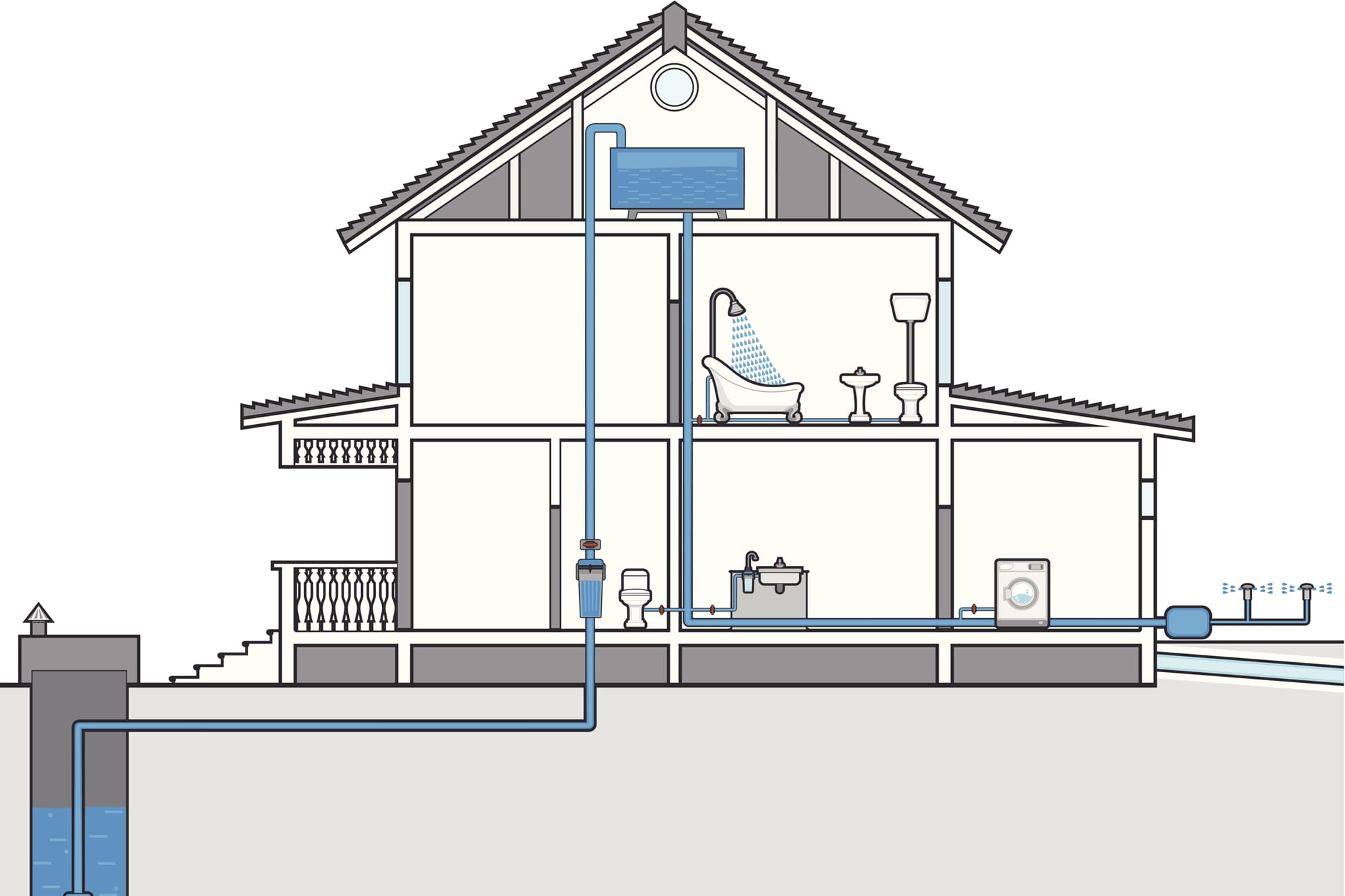Understanding The Structure of Your Home's Plumbing System
Browse WebsitePresented here in the next paragraphs you might get more very good data in regards to Exploring Your Homes Plumbing Anatomy.

Recognizing exactly how your home's plumbing system functions is important for every single property owner. From supplying clean water for drinking, food preparation, and bathing to safely getting rid of wastewater, a well-kept pipes system is crucial for your household's wellness and comfort. In this detailed overview, we'll discover the elaborate network that comprises your home's pipes and deal suggestions on upkeep, upgrades, and taking care of common problems.
Intro
Your home's pipes system is greater than just a network of pipes; it's a complicated system that guarantees you have access to clean water and effective wastewater elimination. Knowing its components and exactly how they collaborate can aid you prevent costly repair services and make certain everything runs smoothly.
Fundamental Elements of a Pipes System
Pipelines and Tubing
At the heart of your plumbing system are the pipes and tubing that carry water throughout your home. These can be made of various materials such as copper, PVC, or PEX, each with its advantages in terms of toughness and cost-effectiveness.
Components: Sinks, Toilets, Showers, and so on.
Components like sinks, commodes, showers, and bath tubs are where water is made use of in your house. Recognizing just how these components attach to the pipes system aids in detecting troubles and intending upgrades.
Shutoffs and Shut-off Factors
Valves manage the circulation of water in your pipes system. Shut-off shutoffs are critical throughout emergency situations or when you require to make repair services, permitting you to separate parts of the system without interrupting water circulation to the entire house.
Supply Of Water System
Main Water Line
The main water line connects your home to the community water supply or a private well. It's where water enters your home and is dispersed to numerous components.
Water Meter and Pressure Regulator
The water meter measures your water use, while a stress regulatory authority guarantees that water flows at a safe stress throughout your home's pipes system, avoiding damage to pipelines and components.
Cold Water vs. Hot Water Lines
Understanding the difference in between cold water lines, which supply water straight from the primary, and hot water lines, which carry warmed water from the water heater, helps in troubleshooting and preparing for upgrades.
Drain System
Drain Piping and Traps
Drain pipelines carry wastewater far from sinks, showers, and bathrooms to the sewer or septic system. Catches avoid sewage system gases from entering your home and additionally trap particles that might cause obstructions.
Ventilation Pipelines
Ventilation pipes allow air right into the drain system, avoiding suction that might slow down drain and cause traps to vacant. Proper air flow is vital for maintaining the stability of your plumbing system.
Value of Proper Water Drainage
Guaranteeing proper drain prevents back-ups and water damages. On a regular basis cleaning drains pipes and maintaining catches can prevent expensive repairs and extend the life of your pipes system.
Water Heating Unit
Sorts Of Water Heaters
Water heaters can be tankless or typical tank-style. Tankless heaters warmth water as needed, while tanks keep warmed water for immediate usage.
Updating Your Plumbing System
Factors for Upgrading
Upgrading to water-efficient components or changing old pipes can enhance water top quality, reduce water bills, and boost the worth of your home.
Modern Plumbing Technologies and Their Benefits
Discover modern technologies like smart leak detectors, water-saving bathrooms, and energy-efficient hot water heater that can save money and minimize ecological influence.
Cost Considerations and ROI
Compute the ahead of time costs versus long-lasting cost savings when taking into consideration plumbing upgrades. Lots of upgrades pay for themselves via lowered energy costs and fewer repairs.
How Water Heaters Link to the Plumbing System
Understanding exactly how water heaters link to both the cold water supply and hot water distribution lines assists in identifying issues like inadequate hot water or leaks.
Maintenance Tips for Water Heaters
Routinely flushing your water heater to remove debris, checking the temperature level setups, and evaluating for leakages can expand its life expectancy and enhance energy efficiency.
Common Plumbing Concerns
Leakages and Their Reasons
Leaks can happen because of aging pipelines, loosened installations, or high water pressure. Attending to leakages quickly prevents water damage and mold growth.
Blockages and Obstructions
Blockages in drains and toilets are often caused by purging non-flushable products or an accumulation of grease and hair. Using drainpipe displays and bearing in mind what decreases your drains can prevent obstructions.
Indicators of Plumbing Problems to Expect
Low tide pressure, slow drains, foul odors, or abnormally high water expenses are indications of potential pipes issues that ought to be addressed promptly.
Pipes Maintenance Tips
Regular Examinations and Checks
Arrange annual pipes evaluations to catch concerns early. Try to find signs of leakages, rust, or mineral buildup in taps and showerheads.
DIY Upkeep Tasks
Easy tasks like cleansing faucet aerators, looking for bathroom leakages utilizing color tablets, or insulating revealed pipes in cold environments can prevent significant plumbing problems.
When to Call a Professional Plumbing Professional
Know when a plumbing concern needs specialist competence. Attempting complicated repairs without appropriate knowledge can cause more damage and greater repair work prices.
Tips for Minimizing Water Use
Easy behaviors like repairing leakages promptly, taking much shorter showers, and running complete loads of washing and recipes can conserve water and lower your energy bills.
Eco-Friendly Plumbing Options
Think about lasting pipes products like bamboo for flooring, which is durable and green, or recycled glass for countertops.
Emergency situation Preparedness
Actions to Take During a Pipes Emergency situation
Know where your shut-off valves are located and exactly how to switch off the water supply in case of a burst pipe or significant leakage.
Importance of Having Emergency Calls Convenient
Keep get in touch with info for neighborhood plumbers or emergency services easily offered for fast feedback during a plumbing dilemma.
Ecological Effect and Preservation
Water-Saving Components and Appliances
Installing low-flow faucets, showerheads, and toilets can considerably decrease water usage without compromising performance.
DIY Emergency Fixes (When Relevant).
Short-lived fixes like using duct tape to spot a dripping pipeline or positioning a pail under a trickling tap can lessen damages up until an expert plumbing technician shows up.
Verdict.
Recognizing the composition of your home's plumbing system empowers you to maintain it effectively, conserving money and time on repairs. By following regular upkeep routines and remaining notified about modern-day plumbing modern technologies, you can guarantee your pipes system operates efficiently for years ahead.
HOW YOUR PLUMBING SYSTEM WORKS
Which Pipes Do What?
Blue lines = fresh water supply entering the building Red lines = hot water supply entering the building Grey lines = pipes carrying waste away from the building and venting pipes carrying gases away from the building (through the roof) YOUR MAIN PLUMBING SYSTEMS
There are two main plumbing systems that support your home s basic plumbing needs one that brings clean water into your home, and one that sends dirty water away from your home. Connected to the toilet, bath, shower, and other faucets in your home, these two systems keep your water flowing in the right directions.
ACCESSING FRESH WATER
Fresh and clean water is brought into your home through the main water supply line . Filtered through one pipe, this water is pressured to flow into the various fixtures in your home at any given time.
This water can be sourced from a well located on your property, a pond or river (mostly cottages), or, as in most cases, from the city s municipal water treatment centre. However, it is important to note that water that is untreated, such as the water siphoned from ponds or rivers, may not be safe to drink. Personal water supplies always need to be treated for hardness and contaminants before consumed.
MUNICIPAL WATER SUPPLIES
Improve taste and odour Remove sediment Eliminate hardness Reduce chlorine COLD WATER SUPPLY VS. HOT WATER SUPPLY
Cold water flows into your home or building through the service line, which then distributes hot or cold water to your fixtures. This line is most commonly run through a central column that runs floor to floor. Hot water runs in short and straight pipes as the longer the pipeline, the more heat that will be lost in the transfer. Having shorter pipes also allows residents to access hot water more quickly.
WASTE WATER SYSTEM
Your wastewater system is divided into two parts pipes that send wastewater away from your home and venting pipes that send sewer gas away from your home. Sewage water travels through pipes that flush the water and waste towards local sewers that are operated and managed by your city or town. Most sewer systems rely on gravity to move the wastewater to where it needs to go.
The further away from your toilet or sink, the larger wastewater pipes become. This allows for waste to be disposed of from various parts of your home or business at once without pipe blockages. The angle and flow of these pipes are also essential for keeping your waste pipes clear of build up.
https://harrisplumbing.ca/how-your-home-plumbing-system-works/

I was brought to that report about Exploring Your Homes Plumbing Anatomy from a good friend on our other web property. Do you know somebody else who is fascinated about the subject? Feel free to share it. I treasure your readership.
Get Offer